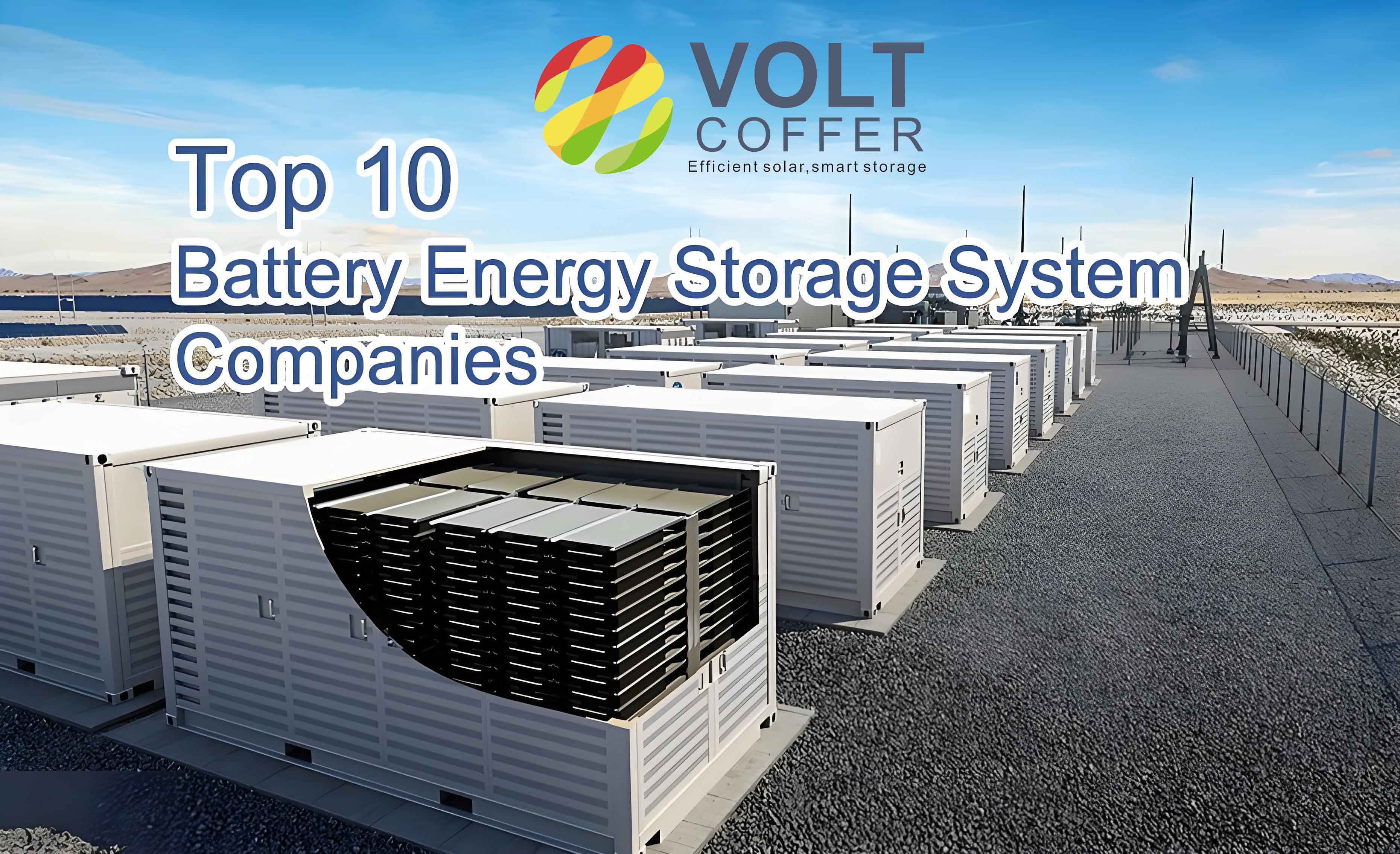1. Introduction
The integration of photovoltaic (PV) systems with energy storage has emerged as a critical solution for enhancing energy self-sufficiency and reducing reliance on traditional power grids. This study investigates the operational strategies and economic viability of PV-energy storage systems in single-family residences under tiered and time-of-use (TOU) electricity pricing models. By leveraging advanced technologies such as Maximum Power Point Tracking (MPPT), these systems optimize energy harvesting and storage, enabling households to adapt to dynamic pricing schemes while maximizing financial returns.

2. System Modeling and Key Components
2.1 Power Balance Equations
The energy flow within the PV-storage-grid system follows fundamental power balance principles. Let PLPL denote the household load (kW), PpvPpv the PV generation (kW), and PESPES the energy storage power (kW). The system dynamics are governed by:PL=Pp2L+Pg2L+PgridPL=Pp2L+Pg2L+PgridPpv=Pp2L+Pp2ES+PexportPpv=Pp2L+Pp2ES+Pexport
Where:
- Pp2LPp2L: PV power directly supplied to the load.
- Pg2LPg2L: Grid power supplied to the load.
- PgridPgrid: Net grid interaction (import/export).
- Pp2ESPp2ES: PV power stored in the battery.
- PexportPexport: Excess PV power exported to the grid.
2.2 Energy Storage Model
The state-of-charge (SOC) of the battery is modeled as:EESt+Δt=EESt+(ξPES,chηch−(1−ξ)PES,disηdis)ΔtEESt+Δt=EESt+(ξPES,chηch−ηdis(1−ξ)PES,dis)Δt
Where:
- ηch,ηdisηch,ηdis: Charging/discharging efficiency (assumed 0.9).
- ξξ: Control factor (1 for charging, 0 for discharging).
- ΔtΔt: Time step (1 hour).
The SOC constraints are:SOCmin⋅XES≤EESt≤SOCmax⋅XESSOCmin⋅XES≤EESt≤SOCmax⋅XES
where XESXES is the battery capacity (kWh).
2.3 Role of MPPT in System Efficiency
The MPPT system ensures PV panels operate at their maximum power point under varying irradiance and temperature conditions. This technology significantly enhances energy yield, particularly in scenarios where PV generation must align with dynamic load demands and storage requirements.
3. Electricity Pricing Mechanisms
3.1 Tiered Pricing
Under tiered pricing, electricity costs escalate with higher consumption tiers. For Beijing, the pricing structure is:
| Tier | Monthly Consumption (kWh) | Price (¥/kWh) |
|---|---|---|
| 1 | 1–240 | 0.4883 |
| 2 | 241–400 | 0.5383 |
| 3 | >400 | 0.7883 |
3.2 Time-of-Use (TOU) Pricing
Adapted from Gansu Province’s policy, TOU pricing divides the day into peak, off-peak, and flat periods:
| Time Window | Period | Price (¥/kWh) |
|---|---|---|
| 00:00–02:00 | Flat | 0.538 |
| 02:00–04:00 | Off-peak | 0.269 |
| 07:00–09:00 | Peak | 0.807 |
| 17:00–23:00 | Peak | 0.807 |
| Other intervals | Flat | 0.538 |
4. Operational Strategies
4.1 Conventional Mode (Tiered Pricing)
- Priority 1: Direct PV-to-load supply.
- Priority 2: Charge battery with excess PV.
- Priority 3: Export surplus to the grid.
- Priority 4: Grid supply during deficits.
This strategy maximizes self-consumption by storing daytime PV surplus for evening use, reducing grid dependence during high-tier periods.
4.2 Hybrid Mode (TOU Pricing)
- Peak/Flat Periods: Operate in conventional mode.
- Off-Peak Periods: Charge battery at maximum power, prioritizing grid power if PV is insufficient.
The hybrid mode exploits low off-peak tariffs to pre-charge storage, minimizing peak-period grid purchases.
5. Economic and Performance Metrics
5.1 Net Present Value (NPV)
The NPV evaluates the system’s lifetime profitability:NPV=∑y=125Ry−CO&M,y(1+dr)y−1−InvNPV=y=1∑25(1+dr)y−1Ry−CO&M,y−Inv
Where:
- RyRy: Annual revenue (self-consumption savings + export income).
- CO&M,yCO&M,y: Annual operation/maintenance cost.
- InvInv: Initial investment (PV: ¥5,000/kWp; storage: ¥1,000–2,500/kWh).
- drdr: Discount rate (2%).
5.2 Self-Consumption Rate (SC)
SC quantifies the proportion of PV generation consumed locally:SC=∫t1t2min(L(t),P(t)+S(t)) dt∫t1t2P(t) dtSC=∫t1t2P(t)dt∫t1t2min(L(t),P(t)+S(t))dt
Where S(t)S(t) represents storage discharge power.
6. Results and Analysis
6.1 Self-Consumption Rate Trends
- Conventional Mode: SC increases with storage capacity, approaching 100% for small PV systems (4 kWp) with large batteries.
- Hybrid Mode: SC remains stable (~80–85%) regardless of storage size due to fixed off-peak charging patterns.
6.2 Economic Performance
Table 1 summarizes NPV trends under varying storage costs:
| Storage Cost (¥/kWh) | Optimal Storage Capacity (kWh) | NPV Range (¥1,000) |
|---|---|---|
| 2,500 | 0 (No storage) | 50–120 |
| 2,000 | 0–5 | 80–200 |
| 1,500 | 5–10 | 120–300 |
| 1,000 | 10–15 | 200–450 |
Key findings:
- Larger PV systems yield higher initial NPV but require careful storage sizing.
- Hybrid mode outperforms conventional mode economically due to TOU arbitrage.
- MPPT-enhanced PV systems achieve 10–15% higher energy yields, directly improving NPV.
7. Conclusion
- Storage Sizing: Optimal storage capacity aligns with the NPV peak, varying by pricing model and PV size.
- Pricing Adaptation: Hybrid strategies under TOU pricing maximize returns by leveraging off-peak charging.
- MPPT Criticality: Systems with MPPT achieve superior energy harvesting, directly boosting SC and NPV.
Future work will integrate multi-objective optimization to balance SC and NPV for diverse user priorities.
